5 Facts About Japanese Food
Before any apprentice of sushi or other Japanese food may stand in front of the cutting board, they must first master supporting chores such as perfecting sushi rice, selecting and purchasing fresh fish, grating ginger and preparing other vital ingredients.
Once the apprentice has learned these skills to a high level, he or she may be assigned the responsibility of preparing take-out sushi orders.
The trainee will be promoted to sushi chef once the sushi master is satisfied that they can handle all tasks associated with producing fresh sushi in a restaurant. This learning process can take anywhere from 10 to 15 years. Let’s take a look at the top five facts that all beginners ought to know.
1. Tokyo Is the World’s Leading Restaurant City.
There are 12 Three Michelin-starred restaurants in Tokyo, and another 42 restaurants with two Michelin stars, which is an astonishing and possibly even surprising fact. These restaurants serve more than just Japanese food. Many of Tokyo’s Michelin-starred restaurants are European, with the bulk serving French cuisine.
2. Have You Finished Your Meal? Make Sure Your Table Isn’t Messy
When you’ve finished your Japanese supper, re-arrange the table so that all of the dishes are in the same order as they were served.
This also implies that all lids on dishes and bowls should be replaced. Also, gather all used tissues (preferably only one) and arrange them on 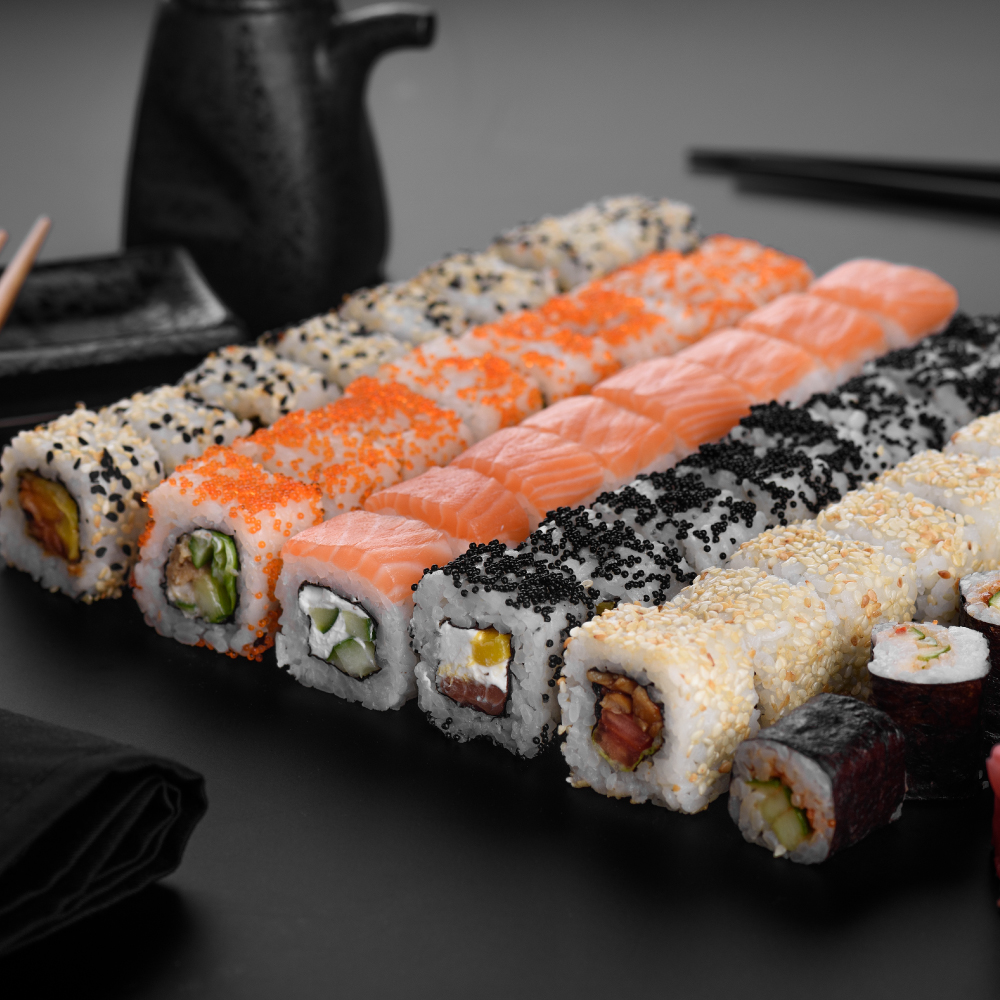 your table in an orderly manner. It’s also a good idea to avoid putting your used chopsticks on your plate or bowl. Rather, put them on a chopstick rest, also known as hashioki.
your table in an orderly manner. It’s also a good idea to avoid putting your used chopsticks on your plate or bowl. Rather, put them on a chopstick rest, also known as hashioki.
If you don’t have one, re-wrap the chopsticks in the paper wrap and fold the top part to indicate that they’ve been used.
3. It’s All About Simplicity
Japanese dishes are frequently made up of simply a few ingredients that are mostly fresh and flavorful. As a result, selecting high-quality ingredients is an important aspect of the cooking process. Simple cooking techniques are used by Japanese chefs to bring out the natural colours and flavours of the ingredients they use.
It’s incredible how they can prepare such delectable meals with such basic items as rice, salmon, seaweed, and noodles.
4. Sashimi Doesn’t Always Have to Be Fish
Sashimi, thinly sliced raw fish or meat, is one of the most popular dishes in Japanese cuisine. While the majority of sashimi is made up of fish, such as tuna and salmon, various meats can also be eaten raw. Beef is the most common form of meat used in sashimi, but horse and deer are also popular.
5. Sushi Rice Should Not Be Dipped In Soy Sauce.
It’s vital to be delicate when dipping your sushi in soy sauce so that the soy sauce doesn’t overshadow the flavours of the sushi. Sushi rice should not be dipped in soy sauce because it should preserve its beautiful sticky texture. Instead, dip other pieces of the sushi.
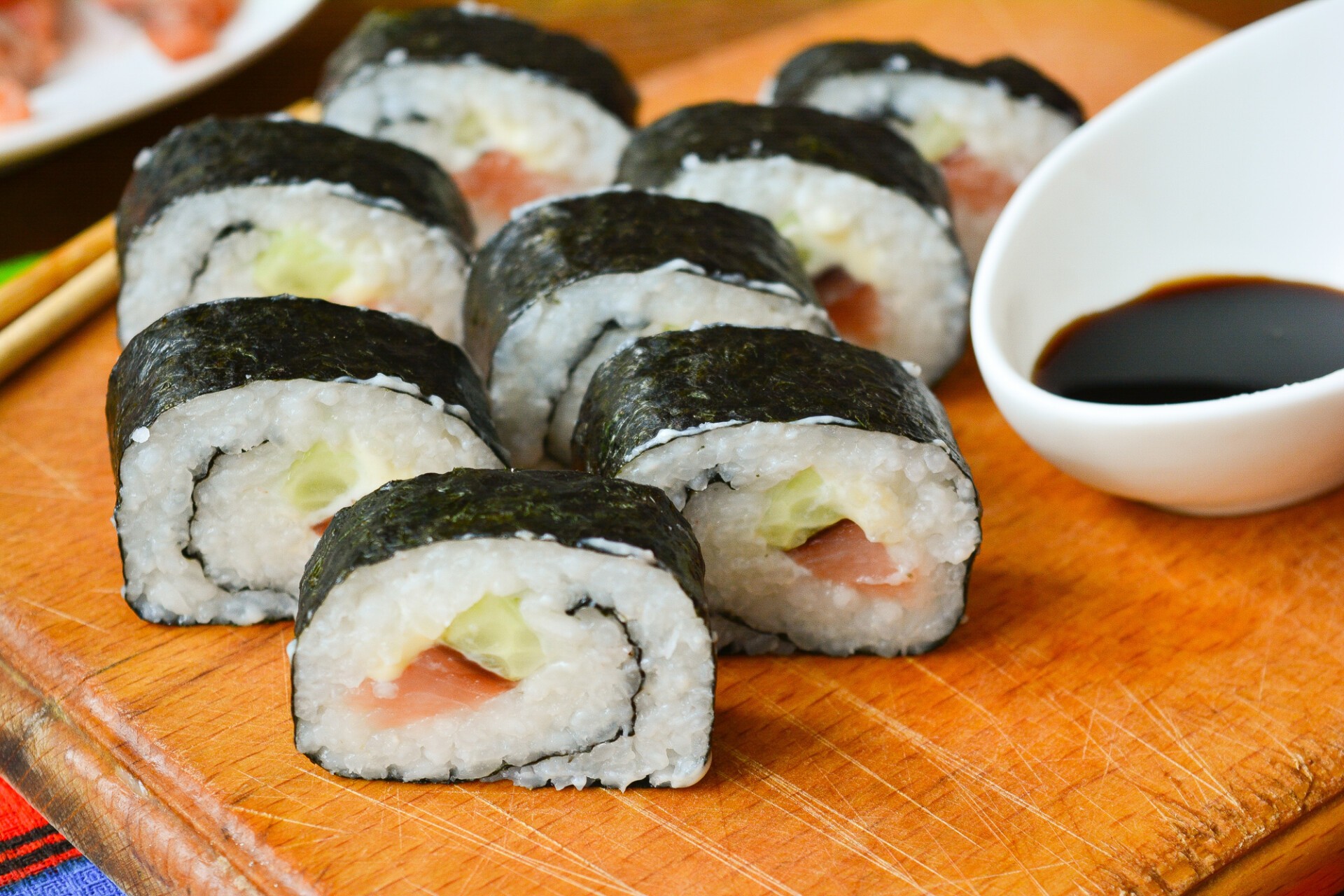
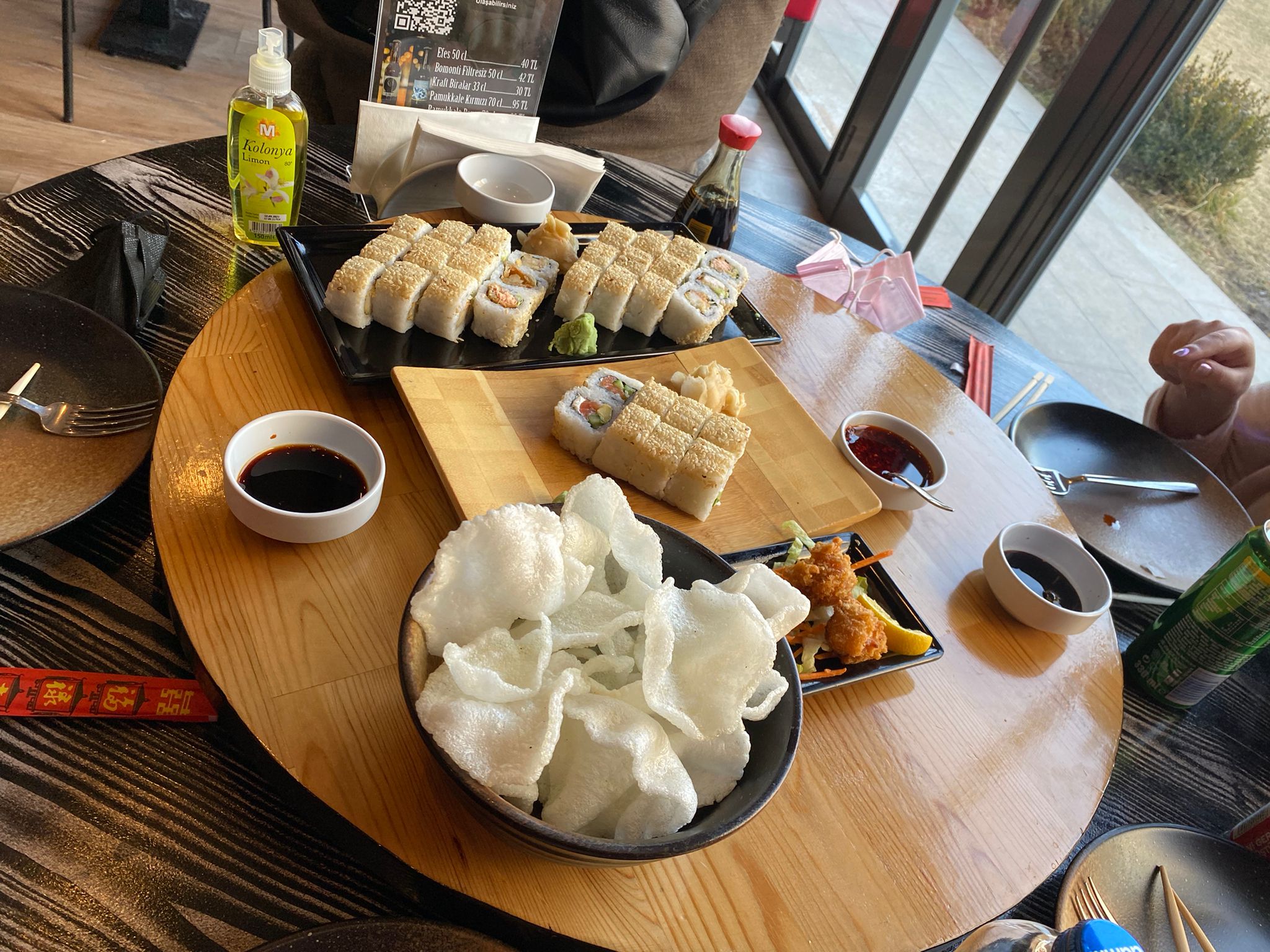
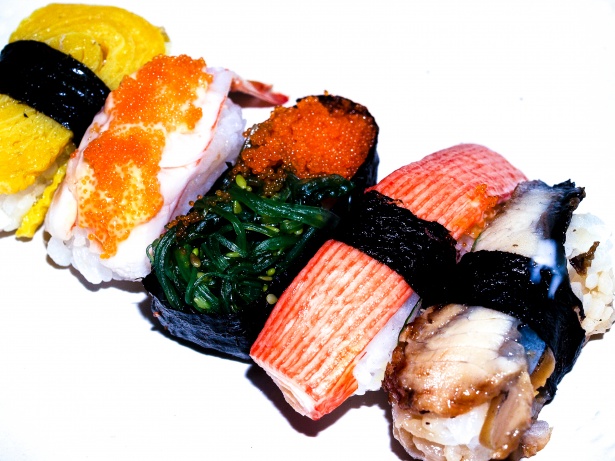 he way of the (cooked whole fish)
he way of the (cooked whole fish)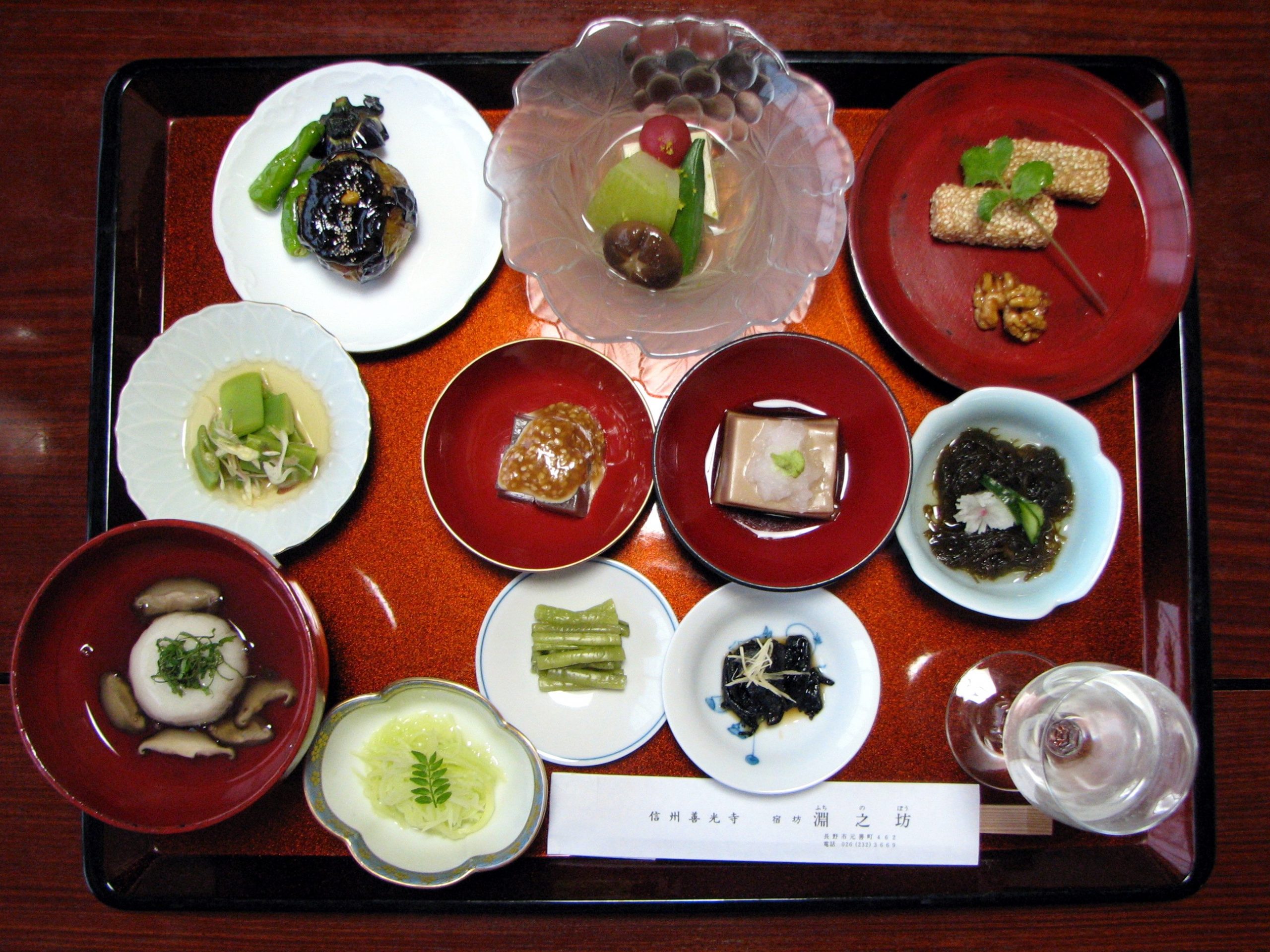
 alories and saturated fat but abundant in minerals, particularly phytonutrients like antioxidants and flavonoids, which are present in various colored vegetables. Phytoestrogens, or plant-based estrogens, are another type of phytoestrogen that may help protect against hormone-dependent malignancies like breast cancer. Dietary changes influenced by western culture, which have been observed in more metropolitan Japan, have had little impact on the Okinawan people’s diet.
alories and saturated fat but abundant in minerals, particularly phytonutrients like antioxidants and flavonoids, which are present in various colored vegetables. Phytoestrogens, or plant-based estrogens, are another type of phytoestrogen that may help protect against hormone-dependent malignancies like breast cancer. Dietary changes influenced by western culture, which have been observed in more metropolitan Japan, have had little impact on the Okinawan people’s diet.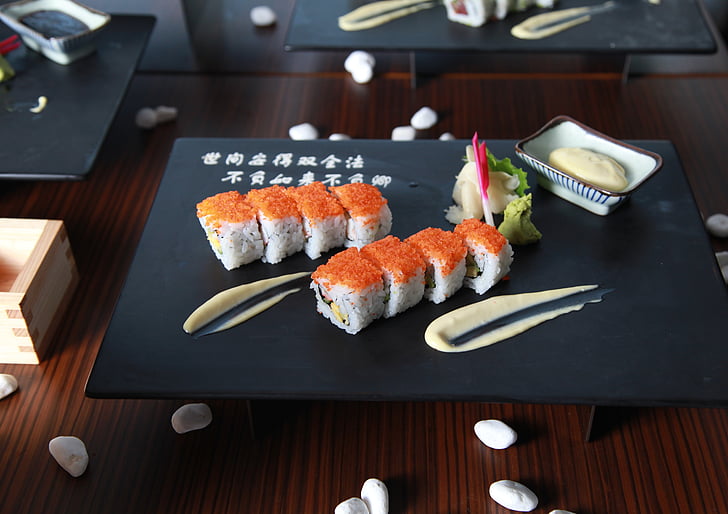
 nese sushi chefs and diners like symmetry in pairs because it is more aesthetically pleasing.
nese sushi chefs and diners like symmetry in pairs because it is more aesthetically pleasing.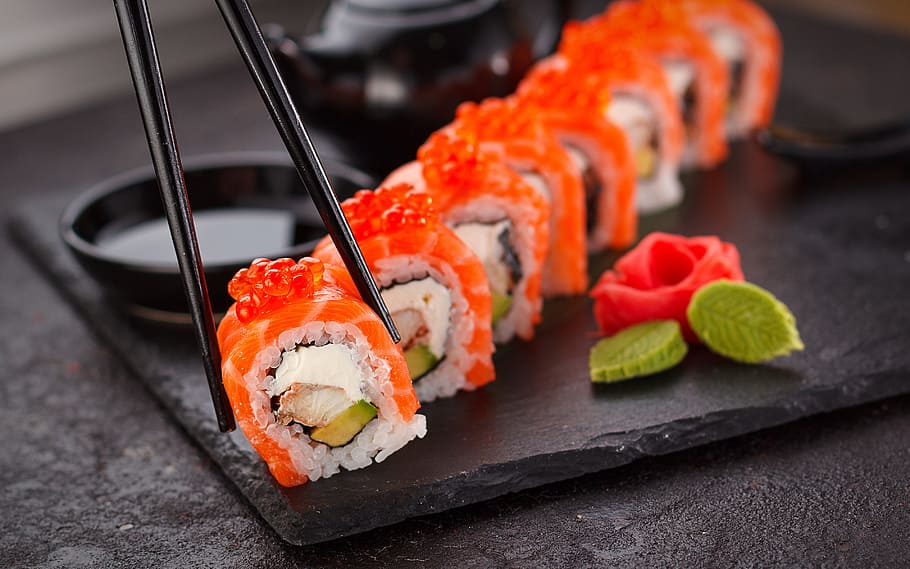
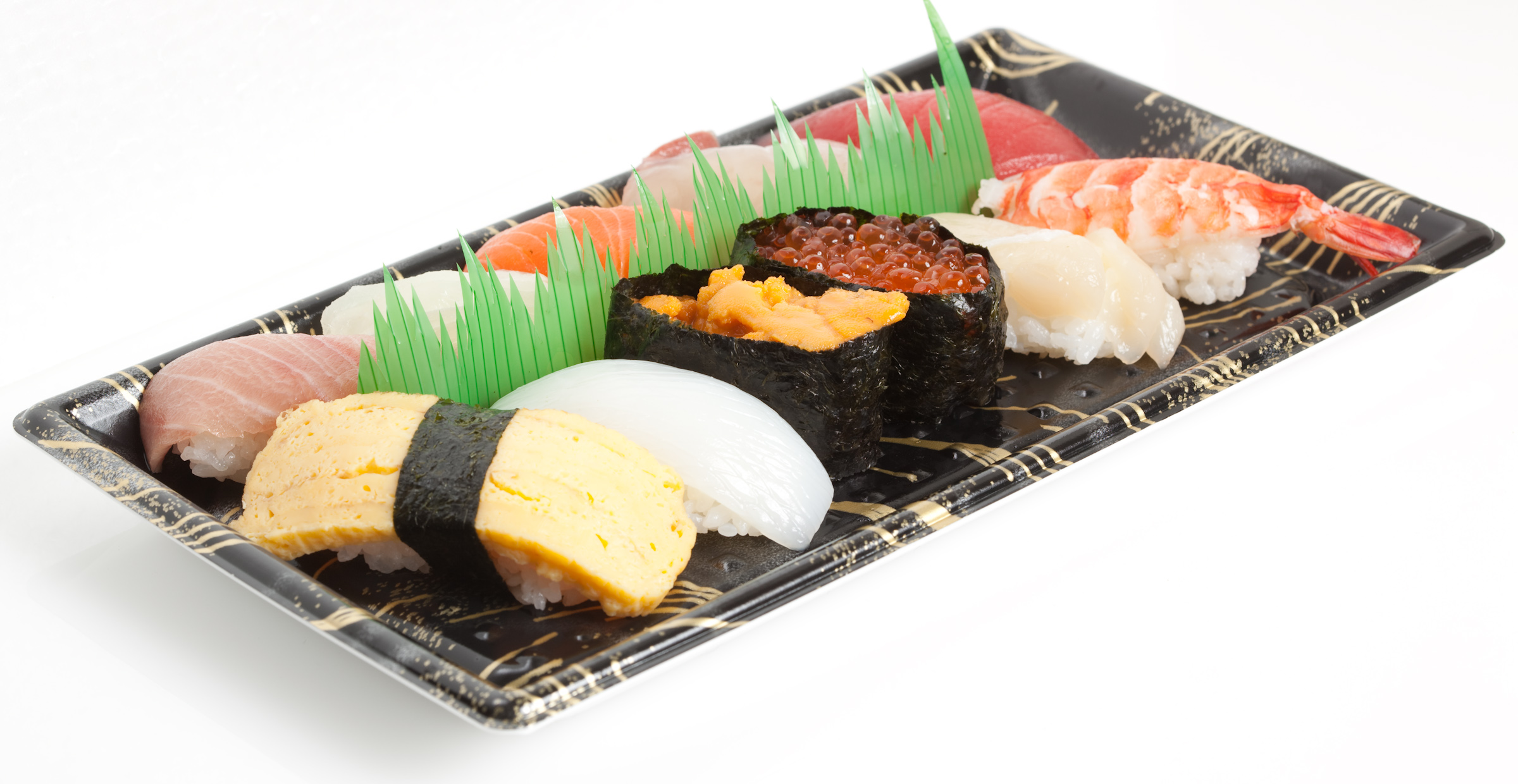 e restaurants by chefs who have spent years studying the craft.
e restaurants by chefs who have spent years studying the craft.